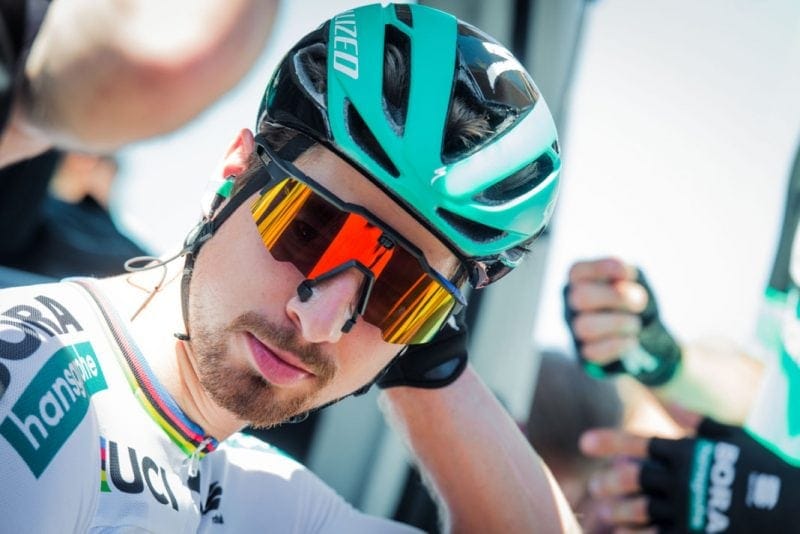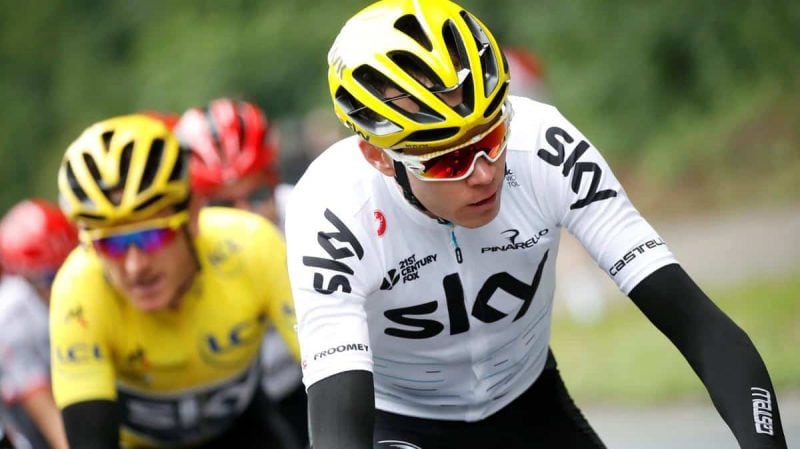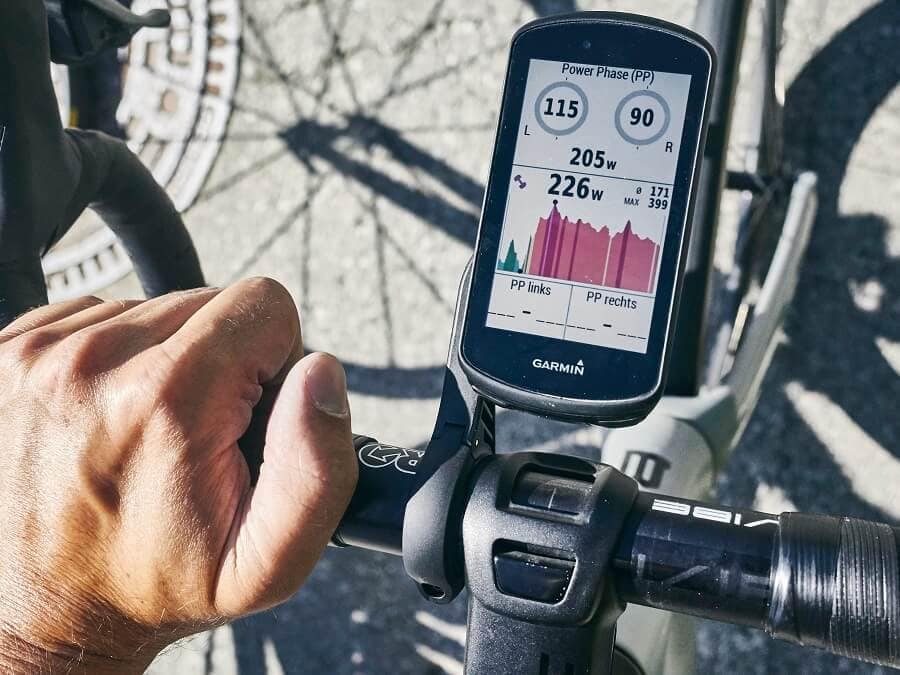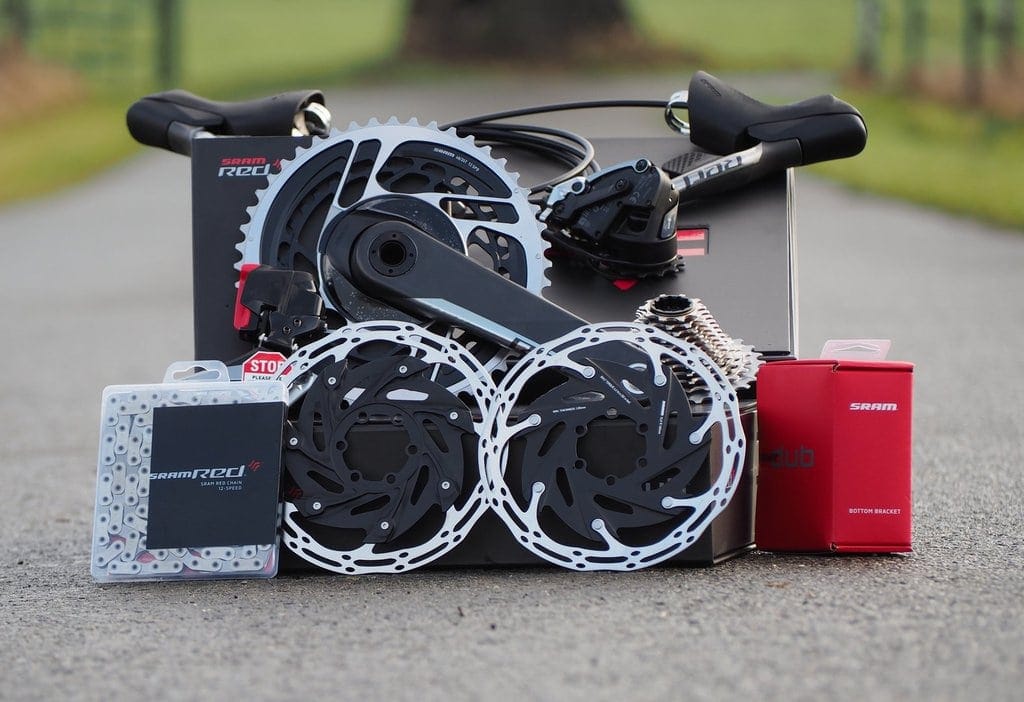How to Lead A Bunch Ride Effectively
You’ve been riding for years but recall your initiation into the sport thanks to a neighbor who was a cyclist. He simply invited you to join him one day. That introduction changed many things for you and made you what you are today.
So you’ve been thinking that you’d like to give back to the community by helping others become involved in the sport too. You have fond memories of your group rides and plan on organizing group rides.
But where do you start?
What are the best practices?
Read on for a few basic tips and guidelines to bring your plans to fruition.
On This Page
Pre-Ride Routines
Publish Ride Details
Other than the obvious detail of where and when to meet, publishing the route ahead of time helps interested participants determine if the ride is on par with their skill level (distance, hilly, flat), if their bicycle is set up properly for the terrain (cassette size, road, mtb, gravel) and how much food, water and other provisions (a windbreaker for descents) they need to bring.
Be sure to include the estimated group speed and level (beginner, intermediate, advanced), how much time it should take to complete the course, and specific details such as a no-drop or women only ride.
Organized group rides, meant to be a learning experience, social and fun, are not meant for full-blown racers. They have their own network of buddies to hammer each other into the ground.
Share the Route
Today’s technology makes sharing the route an effortless task, especially if you have everyone’s phone number. A WhatsApp-style group is simple to create and will make communicating with riders a breeze. Other sharing options include personal, bike shop or cycling club Facebook pages or Instagram accounts.
Popular applications such as Strava, Ride With GPS, and Komoot are great resources for creating and sharing the route with a group. Riders with bike computers with navigational features such as the Garmin Edge 830, Wahoo Elemnt or Hammerhead Karoo can download the course onto their own devices to follow along, track and share their ride too.
Give A Pre-Ride Briefing
Despite publishing the route and details prior to the start, briefing riders before you roll out ensures everyone is informed of the roads you’ll be taking, and what is expected of their cycling speed and behavior. If the roads are damp, tell riders to avoid braking or turning hard on painted road markings, they’re super slippery!
Any good ride leader will bring extra food and an additional jacket or vest. Undoubtedly someone will need a final gel to get them home or forgot to bring something warm to put on for the big downhill.
In a pinch, find some newspaper and place it in between you and your jersey, just behind the zipper.
Take A Headcount
To be an effective group ride leader, you need to know how many riders are in your charge, and the pre-ride briefing is the perfect opportunity to count heads.
If the number is even, it’s ideal for paired, side-by-side riding (check if it’s permitted in your area) or creating a buddy system for safety.
If a ride has hills in it, I usually let riders climb at their own pace, but ask them to wait at the top. Count your flock from time to time and at every stop and summit to verify that everyone is accounted for before continuing on your route.
Appoint Assistants and Co-Leaders
The number of assistants and co-leaders needed will depend on the number of riders. At least one is necessary, but a minimum of two or three is optimal.
In the event of an accident or injury, one can stay with the persons involved, and having a dedicated lantern rouge or sweeper at the tail of the group will avoid any riders falling off the back.
Assistants and co-leaders with some mechanical knowledge and/or first aid training is a big plus.
Be Self Sufficient
Every rider has different needs, but each cyclist should come with a helmet, adequate food, at least one water bottle (can be refilled), and if possible a bell and lights. In the event of colder temps or foul weather, extra clothing such as a windbreaker, vest, gloves, leg and arm warmers are also a great idea.
At least one spare tube, a patch kit, pump and some emergency tools are necessities for roadside repairs. Something not to bring on a group ride is headphones of any kind.
Safe cycling requires a rider’s full and unimpeded attention.
Ask for Emergency Contacts
The ride leader, co-leader(s), and assistant(s) should have an emergency contact for each participant.
Participants may be required to sign an insurance waiver if the ride is organized by a bike shop or cycling club. The leader should identify any riders with special needs, allergies or pre-existing conditions.
This information is vital in case of injury and may prevent further harm and avoid grievances later.
During the Ride
Keep the Pace Consistent
Maintaining an even pace on the flats and rollers will keep the flock together. It’s a great tool for teaching how to ride as a group, since velocity has to be constantly adapted to maintain the group and prevent surging at the front and yo-yoing behind.
Speeds will vary on hills, so target a pace equivalent to the middle of the group. Instruct riders to wait and regroup at the top of the climb.
Obey Traffic Laws
It is essential to respect all traffic laws and signals, especially red lights and pedestrian crossings.
Some roads and urban areas may require riding in a single-file while others permit two or more abreast.
Large groups may not clear a traffic light, intersection or roundabout in one go, so those at the front should not try to up the pace, go on yellow or force priority.
Use Hand Signals
Cyclists use hand signals to indicate direction, point out obstacles, parked cars, road debris, broken glass, speed bumps, potholes, etc. It is the responsibility of the person riding in front of you to help you avoid accidents and prevent flats.
During the pre-ride briefing, take a moment to demonstrate and explain the basic hand signals and best riding practices. If hands aren’t free, call it out for the safety and well-being of others.
Regroup From Time to Time
Despite efforts to ride at one pace and stay together, breaks will occur.
Schedule a series of rest stops and water breaks along the route and wait for the last rider at confusing intersections. Summits make perfect for regrouping.
Waiting for others will build a sense of teamwork and help the group finish as a group.
Watch for Aggressive or Abusive Riding Behaviors
Riders not respecting the ride guidelines, traffic signals, or riding aggressively by constantly half-wheeling others, pushing the pace, or exhibiting abusive behavior have no place in a group ride. Their conduct puts everyone at risk and does little to improve the image of cyclists.
When safe to do so, take the rider(s) aside or to the back of the bunch and speak to them personally. A warning or two should suffice. If the behavior continues, politely invite them to leave the group.
Have a Great Time!
The idea of a group ride is to have fun and share the joy of cycling in a positive atmosphere. The looks and smiles on rider’s faces should show how things are going. Bunch rides are also a fantastic way of promoting cycling and introducing new riders to this beautiful sport that continues to grow in popularity.
Riding in a group is an excellent motivator for beginners or those who wouldn’t get out to ride on their own. Cycling is not only a wonderful pastime, but an amazing social activity. What better way to get some exercise, be outdoors and meet like-minded people who share your love for bicycles!
Don't Forget to Take Plenty of Photos
Taking photos at water or coffee stops or when waiting to regroup is a way to chronicle the ride and share the experience and positive ambiance with others.
Photos not only serve as souvenirs, but posted on personal, club or shop social media pages can inspire new people to join in a safe and welcoming environment.
Promote your favorite shop or club by wearing their jersey during the ride. You’ll be giving something back to the cycling community that supports your favorite pastime and helps it to thrive.
Post Ride
Ask For Feedback
Once the ride is over, take a final headcount to verify everyone is present. Ask for feedback.
What did they like or dislike?
What would they improve?
Did they find the pace and terrain to be appropriate for their skill level?
Leaders are experienced riders who can judge the cycling skills of others and find that delicate balance of terrain, speed and effort for the group. If participants feel exhausted or beat-up after a ride, they may retain a negative impression.
When riders leave smiling, happy, and motivated, they’ll be back for more.
Coffee And Cake!
Ah! Potentially the best part of any ride, enjoying a delicious beverage of your choice with a favorite pastry or cake.
Sit and chat with your fellow riders on a beautiful outside terrace under the warm sun, or inside a cozy and toasty cafe. And the best part of all, the calories are essentially free!
If you want more information on how you can become an effective bunch ride leader, there are many resources available on-line and classes available for official ride leader certification.
I’ve included information for the UK and Australia, followed by other group riding basics and some general riding etiquette to help get you started or add to what you know already.




